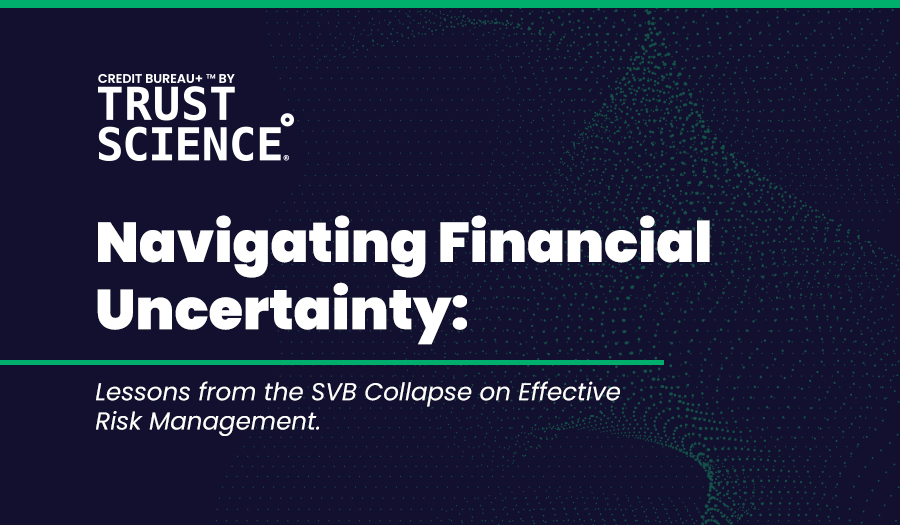Over the last 40 years, the world has seen the average age of home buyers increase by a total of 16 years. This change has been the direct result of many different factors including declining marriage rates, increased student debt and increased desire of urban living. Marriage rates over the past 20 years have been in consistent decline as people begin to prefer a more open and individualistic lifestyle. A recent survey by The Institute for Family Studies found that almost 20% of people aged 25 to 50 are not married, up from 9% in 1970. National student debt has also reached an all time high, as it turns into a life-long mission to pay it off for some. In fact, student debt has increased 2.5x over the last 20 years to $1.75 Trillion in the US! Carrying student debt makes it much more difficult to purchase a home and is encouraging individuals to continue living at home for longer. This is exacerbated by the current trend of millennials and gen Z moving into dense urban settings which are saturated with expensive, small properties. Housing prices in the US have increased 393% since 1985, normalized to include inflationary increases. While north of the border in Toronto, the average home price in downtown currently sits around $1.2M compared to the suburbs which sit around $900k. The high price per square foot in the dense urban settings makes it infeasible for young adults to own these properties, forcing them to rent.
The trend of living in tight, urban settings is almost completely eliminating the need for a personal vehicle. This is yet another big purchase that people are holding off, further shrinking their credit file. Between 2000 and 2009, the average age of new vehicle buyers increased by almost six years and in the US, only 60% of 18 year olds are now license holders, versus 80% in 1983. Also, the recent shift towards ride sharing apps such as Uber and delivery apps such as UberEats, there has become less of a need to own a vehicle in the modern world.
These delays in home and vehicle ownership presents a unique challenge for lenders, as some of the most traditional forms of credit are disappearing from files. How are lenders able to properly score someone with such a thin file, potentially only a small $500 limit credit card? Trust Sciences answer is through real-time, alternative credit scoring. Instead of using traditional data sources for credit reporting such as mortgages and car loans, Trust Science inputs alternative sources into our AI/ML predictive models. Thousands of different data sources are aggregated into our state of the art system which generates a SixScore™, our explainable and proprietary scoring system on a range from 300-850. Contact us today to find out how your company can benefit from adding alternative data to your underwriting.







